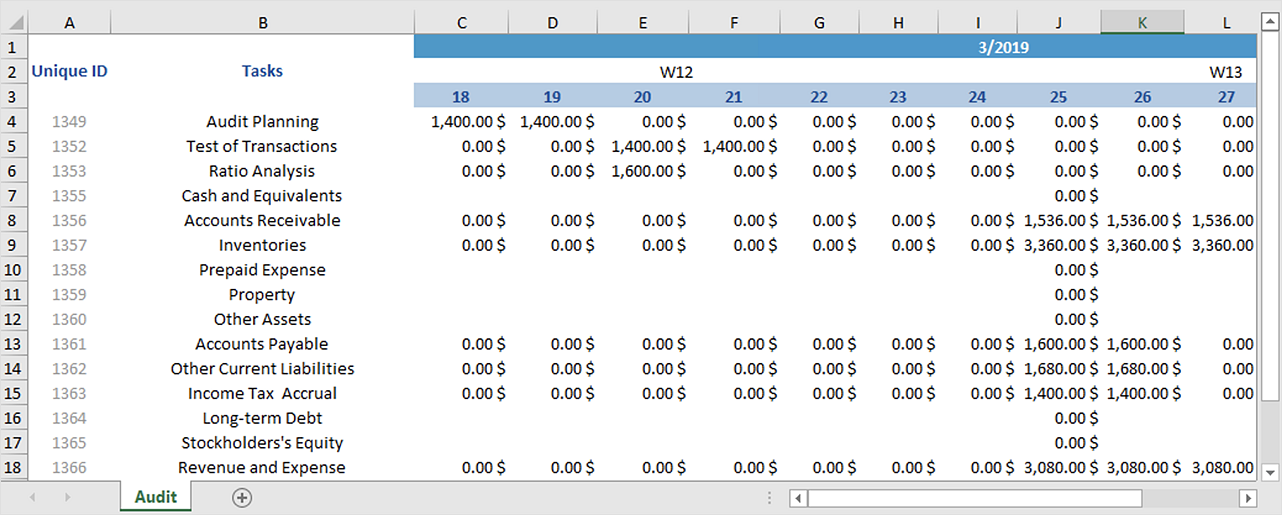
- #Difference between tabular reports and matrix reports how to#
- #Difference between tabular reports and matrix reports pro#
Notice that other top-level rows no longer appear in the matrix. In the following image, Proposal > Drill Down was selected. Selecting Drill Down expands the matrix for that row level, excluding all other row headings except the row header that was selected. Notice there are a few options from the menu that appears, which generate different results: In addition to using those icons, you can select any of those row headers and drill down by choosing from the menu that appears. In this case, we can drill down from Sales stage to Opportunity size, as shown in the following image, where the drill down one level icon (the pitchfork) has been selected.

Similar to the drill and expand behavior in other visuals, selecting those buttons lets us drill down (or back up) through the hierarchy. When the visual has a grouping created in the Rows section, the visual itself displays the drill and expand icons in a top corner of the visual. In the following image, the Rows section contains Sales stage and Opportunity size, creating a grouping (or hierarchy) in the rows that we can drill to see details. This is similar to creating a hierarchy, which then allows you to drill down (and then back up) through that hierarchy, and analyze the data at each level. In the Visualizations pane, when you add multiple fields to the Rows section of the Fields well, you enable drill-down actions on the rows of the matrix visual. Let's take a look at how each of these works. This includes the ability to drill down using rows, columns, and even into individual sections and cells. With the matrix visual, you can do all sorts of interesting drill-down activities that weren't available before. Using drill-down actions with the matrix visual For more information, see Work with multidimensional models in Power BI. If you're building a report on top of an Analysis Services multidimensional model, there are some special considerations for expand/collapse if the model uses the Default Member feature. When that dashboard tile is selected, and the report opens, the expansion state can still be changed in the report. A matrix can be pinned to a dashboard expanded or collapsed. The expansion state of the matrix will save with your report. Once the icons are turned on, they work similar to PivotTable icons in Excel. By default, the icons will match the formatting of the row header, but you can customize the icons’ colors and sizes separately if you want. You can also add +/- buttons to the row headers through the formatting pane under the Row headers card. You have similar options for collapsing row headers as well. You’ll see options to expand the specific row header you selected, the entire level, or everything down to the very last level of the hierarchy. The first is through the right-click menu. There are two ways you can expand row headers. They aren't solely based on the visible values.

When you look at totals and subtotals, remember that those values are based on the underlying data. This is a common pattern when the value you’re summing is on the ‘one’ side of a one-to-many relationship. Thus, the accurate total from the underlying data, and a simple addition of the visible values, do not equate. However, since a salesperson shows up against multiple dates, the numbers can appear more than once. In this example, each row in the matrix visual farthest to the right is showing the Amount for each salesperson/date combination. Take a look at the following matrix visuals. This means you can end up with different values in the total row than you might expect. For total and subtotal rows, Power BI evaluates the measure over all rows in the underlying data – it isn't just a simple addition of the values in the visible or displayed rows.
#Difference between tabular reports and matrix reports how to#
Understanding how Power BI calculates totalsīefore jumping into how to use the matrix visual, it's important to learn how Power BI calculates total and subtotal values in tables and matrices.
#Difference between tabular reports and matrix reports pro#
Sharing your report with a Power BI colleague requires that you both have individual Power BI Pro licenses or that the report is saved in Premium capacity.


 0 kommentar(er)
0 kommentar(er)
